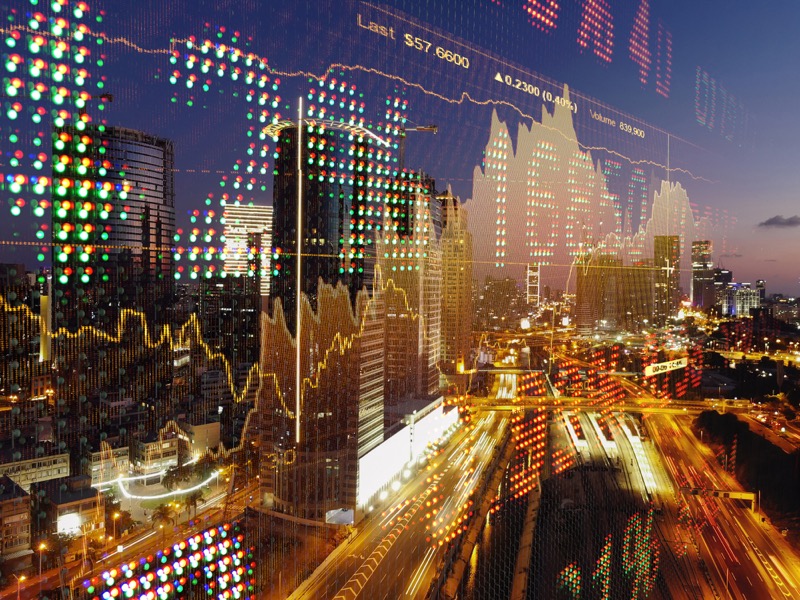
By the end of the decade, emerging markets’ share of global equity market capitalization is forecast to surpass the U.S. market, according to new research from Goldman Sachs.
In a report, the firm said economic growth in emerging markets is expected to run at more than double the rate for developed markets for the rest of the decade — 3.8% for emerging markets versus 1.8% for developed markets.
By 2050 the world’s biggest economies will be China, the U.S., India, Indonesia and Germany, it said.
Alongside the stronger economic growth in emerging markets, the countries’ share of global equity market cap is expected to rise too.
Given that equity market capitalization ratios tend to increase as GDP per capita levels rise, Goldman Sachs Research said it expects equity assets to grow more rapidly as emerging market income levels rise.
“Part of this increase is likely to come from rising valuation multiples,” it said. “But our economists expect the main dynamic to be the equitization of corporate assets, the deepening of capital markets, and the disintermediation that takes place as financial development proceeds.”
Emerging market equities aren’t necessarily expected to outperform the developed economies’ stock markets in the years ahead. Rather, their growing share of the global market cap will come as companies in these markets increasingly seek public listings.
“In lower income economies, a relatively large share of companies tend to have a single owner with full control, whereas advanced economies have a greater proportion of exchange-quoted companies with thousands of shareholders,” the report said. “New issuance and privatizations are expected to be an important part of that process.”
As a result, Goldman Sachs analysts project that emerging markets’ share of the global equity market will rise from around 27% currently to 35% in 2030, 47% in 2050, and 55% in 2075.
As emerging markets gain share, the U.S. share is seen declining from 42% in 2022 to 35% in 2030 — in line with the forecast for emerging markets.
From there, the U.S. market cap is seen sliding further, to 27% in 2050 and 22% in 2075.
Goldman said India is expected to see the largest increase in its share of the global market cap. The country is forecast to grow “from a little under 3% in 2022 to 8% in 2050, and 12% in 2075 — reflecting a favourable demographic outlook and rapid growth in GDP per capita.”
While China’s share of the global market cap is projected to rise from 10% to 15% by 2050, it’s expected to retreat to 13% by 2075 “amid a demographic-led slowdown in potential growth.”
Within the developed markets, the U.S. share of the collective market cap is expected to decline from 60% to around 50% over time, with the shares for Japan and Europe also expected to decline in favour of countries, such as Canada and Australia, that are seen gaining share due to their “faster potential growth,” it said.
Key risks to the long-term outlook include the effects of climate change, the impact of generative artificial intelligence (likely to benefit developed markets more than emerging markets) and the risk of rising protectionism, which could disrupt the flow of capital to foreign markets.
“So far, the rise of populist nationalism has led to a slowdown rather than a reversal of globalization, according to our economists,” the report said.
“The development of deep equity markets also requires a commitment from domestic policy-makers to follow a mix of capital-market-friendly policies that encourage things like innovation, transparency, listing, and protection of private property rights,” it noted.